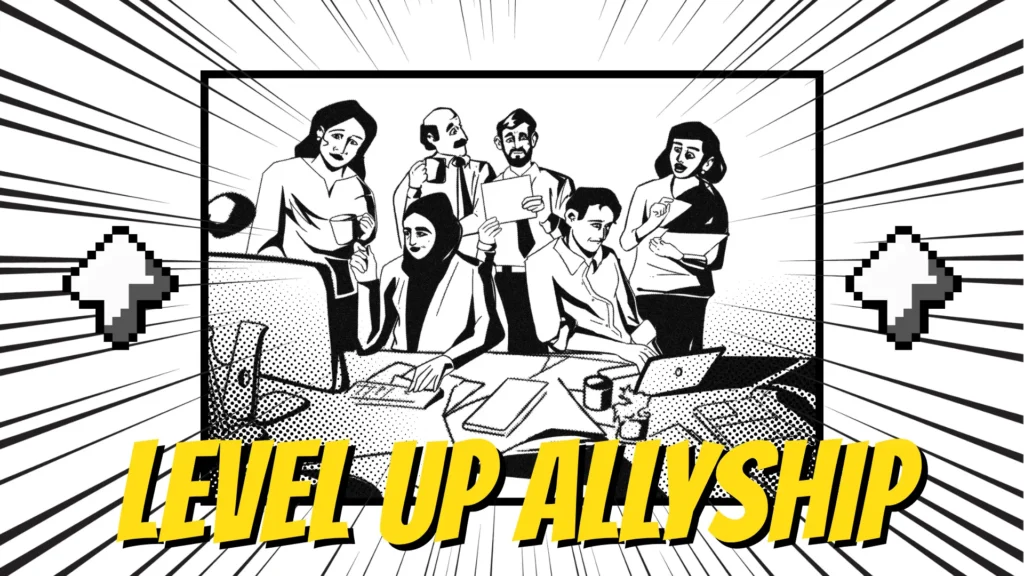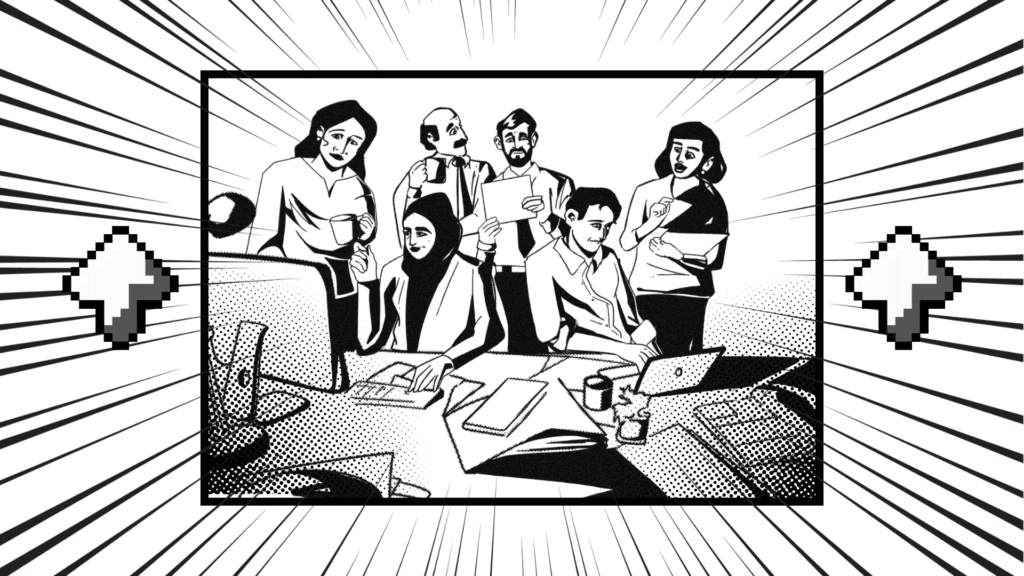In the early 2000s, the U.S. was shaken by major financial scandals at companies like Enron and WorldCom, which eroded investor confidence and exposed serious gaps in oversight. In response, the Sarbanes–Oxley Act of 2002 was enacted to strengthen governance, auditing, and accountability within corporations. One consequence of this legislation was the widespread establishment of reporting mechanisms, such as hotlines, that allowed employees to flag unethical practices without fear of retaliation. Over time, these systems also came to be used for reporting workplace misconduct, including sexual harassment.
A recent example is the leadership exit at Nestlé, where ex-CEO Laurent Freixe was investigated following allegations of favoritism and an undisclosed romantic relationship. These allegations surfaced through an internal hotline established in the post Sarbanes–Oxley era. While Freixe’s departure underscores the potential of such hotlines to address misconduct even at the highest levels, it may be more the exception than the rule.
The reality is that not all U.S.-based companies provide dedicated, confidential helplines specifically for harassment. Roughly 95% of companies maintain an in-house complaint process, and 82% follow an investigation protocol, but these don’t always translate into trusted or effective channels. In fact, a study of 805 firms over 32 years found that grievance procedures were often followed by a decline in women managers, suggesting that weak safeguards against retaliation may undermine their effectiveness.
The persistence of the problem is evident: a 2023 U.S. workplace survey found that 52% of employees reported experiencing or witnessing harassment. Sexual harassment is estimated to result in $22,500 in losses per affected employee, with EEOC recoveries totaling $59 million in 2022.
At the heart of the issue is the need for grievance systems that do not just exist on paper but actually build trust, protect employees, and prevent the loss of valuable talent. A few principles are key:
- Offer multiple reporting channels like hotlines, HR/ethics committees, or external ombuds, so employees can bypass their manager if needed.
- Guarantee confidentiality and clarify anonymity, explaining what can remain private versus what must be disclosed during investigations.
- Implement and enforce a zero-tolerance retaliation policy, treating retaliation itself as misconduct.
- Define clear timelines for acknowledging complaints, investigating thoroughly, and delivering resolutions.
- Monitor whistleblowers’ career progression to ensure they are not quietly sidelined or penalised.
- Embed grievance systems within workplace culture, making them about respect and fairness rather than box-ticking compliance.
- Use employee surveys to regularly track perceptions of fairness, trust, and willingness to report.
At Serein, we’ve spent over a decade helping organisations design and strengthen anti-harassment systems that do more than comply, they foster trust and resilience. Write to us at hello@serein.in to explore how we can help.




